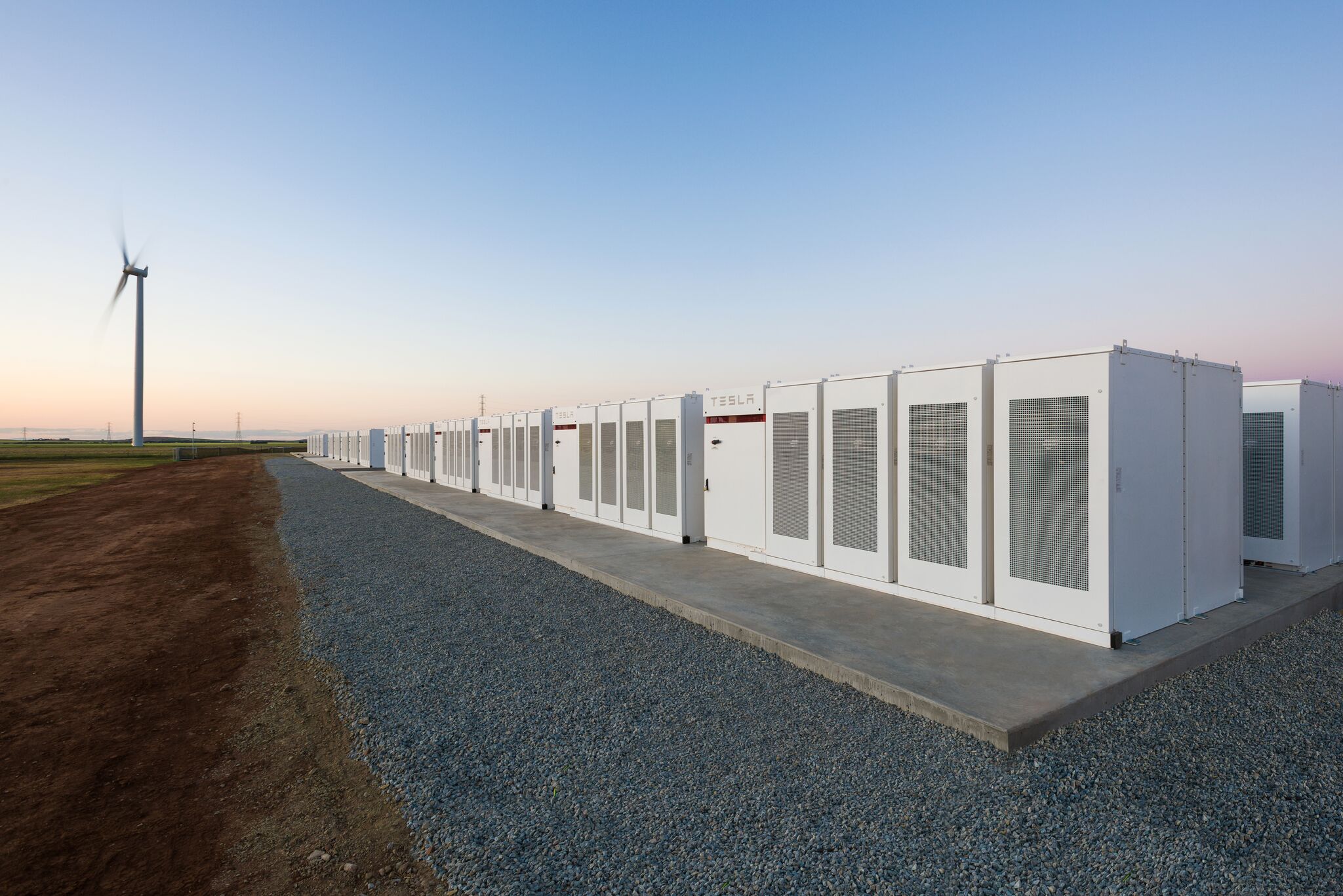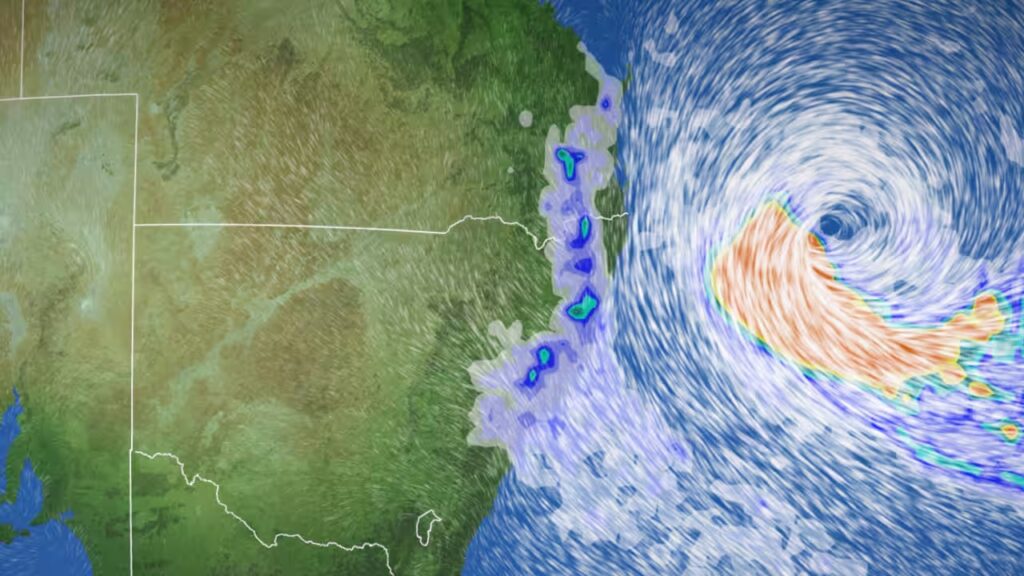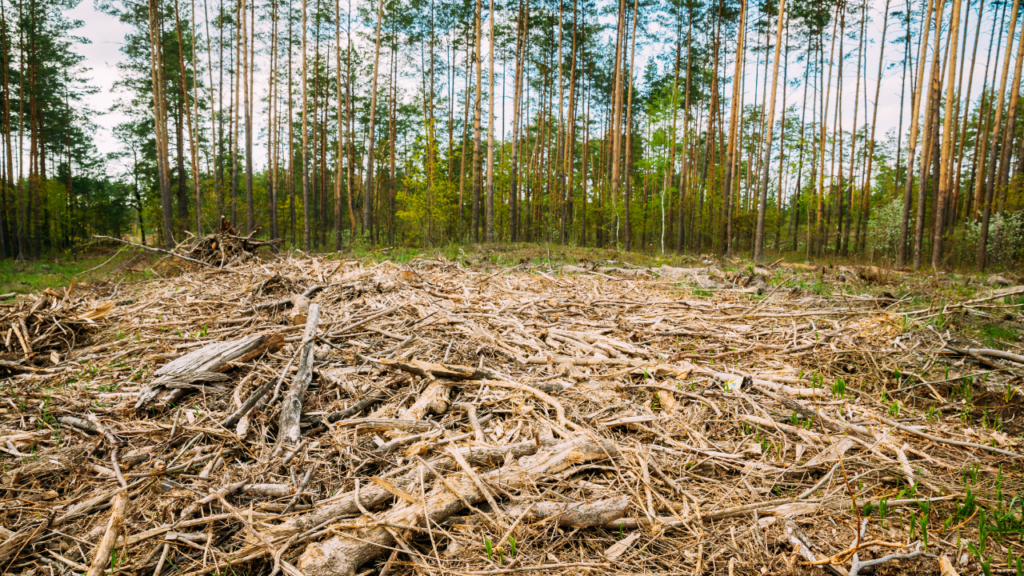We know Australians love renewable energy. But just in case some of you are *still* wondering, “what about when the wind doesn’t blow and the sun doesn’t shine?” we’ve figured that out as well!
Batteries are already playing a meaningful role in Australia’s energy system, by soaking up some of the world’s best clean energy resources (our sun and wind) and supplying the home, supporting the grid, and powering electric vehicles. Let’s take a look at how each of these three categories of batteries is soaking up clean energy and repowering Australia.
But first, how do batteries work?
This bit is a bit technical, but stick with us…
Batteries are made up of two electrical terminals called the cathode and the anode — also known as the negative and positive ends of batteries you might already be familiar with (like the AA or AAA batteries that go in your TV remote controller). These terminals are separated by a chemical material called an electrolyte. When coupled with an external circuit, a battery can accept and release energy. As electrons move through the circuit, ions – which are atoms of molecules with an electric charge – move through the electrolyte.
When a battery is being charged, electrons move from the cathode to the anode and release chemical potential energy; when they move the other direction, this energy is converted to electricity in the circuit and released from the battery to send energy to things that are small, like a remote control, big, like a car, or very big, like our energy grid.
Household batteries
As more electricity is generated from rooftop solar, storing excess electricity becomes increasingly important. Residential batteries allow households and businesses the flexibility of soaking up energy from the sun, storing it 24/7 and using it whenever it is needed.
Installing a battery also helps families and businesses slash their power bills by reducing reliance on grid power during the evening when electricity prices are more expensive.
Modelling of electricity price changes shows households without solar or battery systems are the most vulnerable to steep rises in electricity prices. If power prices increase like they did between 2022 and 2023, households that have not installed solar or batteries could experience a $500 increase in their power bills, compared to a $100-$300 increase experienced for homes with solar panels and batteries.
Grid batteries
Community Batteries
Community batteries act as a bridge between our huge energy grids, and households and businesses. These large batteries can store excess rooftop solar energy generated by nearby homes and businesses, with the energy stored able to be accessed by all connected households and businesses, including those without their own solar panels. Community batteries range in size, and the largest can store as much energy as up to 100 household batteries.
These batteries can be located in convenient areas, like parks and public buildings, or alongside existing grid infrastructure, like transformer stations located throughout our cities and suburbs. By installing more community batteries, more people get to enjoy the benefits of rooftop solar generation without every home or business needing to have its own solar panels or home battery.

Big Batteries
A grid-scale battery, also known as a ‘big battery’, consists of rows of lithium-ion batteries installed together. These modular systems can be expanded easily by adding more units. Placed at strategic locations around the grid, big batteries provide rapid bursts of power to fill energy supply gaps, making clean energy generation more efficient, capable of serving high demand for energy and help to stabilise our grid.
Australia’s first big battery, the Hornsdale Power Reserve, was built in South Australia in 2017. In its first two years of operation, the big battery saved South Australian households and businesses over $150 million. Now, 21 big batteries are supplying cheap, clean energy around the country, with many more in the pipeline.
Transport
The era of electric vehicles (EVs) is upon us, and with it comes great opportunities for cuts to climate pollution, the economy, and for adding more clean energy to the grid.
To save Australians money at the petrol pump while driving down harmful carbon pollution coming from our cars, we need to prioritise the cleanest, most affordable vehicles available. Battery EVs are increasingly price competitive with polluting alternatives, and much cleaner and cheaper to run. A study by Climate Council, comparing the summer road trip cost of an EV with a petrol car, found that driving an EV meant paying just a quarter of the cost of filling up an average petrol car in New South Wales, a fifth in Victoria, almost a fifth in Queensland (19-20%) and the Australian Capital Territory (17%).
Besides saving cash at the pump, EVs are essentially batteries on wheels that can play an important role in building a more resilient and responsive electricity grid. With vehicle-to-grid or vehicle-to-home capabilities, EVs can be used in a similar way to residential batteries. EVs have a large energy storage capacity, which means they are able to absorb and store excess energy generated from solar panels during the day. It will soon be possible to use this stored energy to power households while your car sits in the garage or driveway. How amazing is that?!.
How are batteries made?
Lithium-ion batteries rely on critical minerals such as lithium, cobalt and nickel, which historically have been sourced from regions where there are credible complaints of human rights abuses and low environmental standards. Australia has a role to play here. Australia has rich deposits of critical minerals, which puts us in a leading position as the world seeks to ethically source and process minerals for the rapid global uptake of battery technology.
To be taken seriously as a source of ethical minerals, Australia must build an industry that meets the highest possible standards of environmental performance and engagement with landholders, particularly through gaining the free, prior and informed consent of local First Nations groups.
We’ll also need other forms of energy storage
While lithium batteries are a brilliant option for EVs, home storage, and stabilising our national grid, we also need to look at other bulk energy storage options for powering large-scale networks, such as our large energy grids. Pumped hydro, which is cheaper for bulk energy storage, or solar thermal, where the sun’s energy is stored in molten salt, are two options that could provide answers to our various energy storage needs.
When it comes to energy storage, pumped hydro complements batteries effectively. While batteries inject electricity to the grid responsively and instantaneously, pumped hydro (while taking longer to respond) can store much greater volumes of energy. Pumped hydro is also cheap to scale up and has a long lifespan: anywhere from 50–100 years, with intermittent upkeep.
The lowdown
Batteries are transforming Australia’s energy landscape, enabling us to harness the full potential of clean energy sources, like wind and solar. Whether in homes, on the road, or supporting our national grid, batteries are essential to a cleaner, more resilient future.
We already have the solutions, we just need to keep up the momentum. By switching petrol cars into EVs and installing more community and big batteries, we can turn Australia into a clean energy powerhouse.










